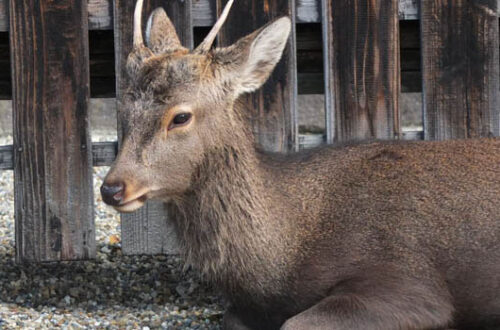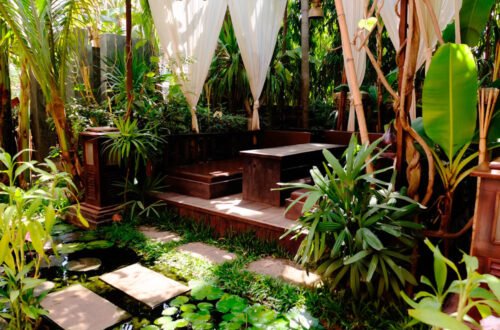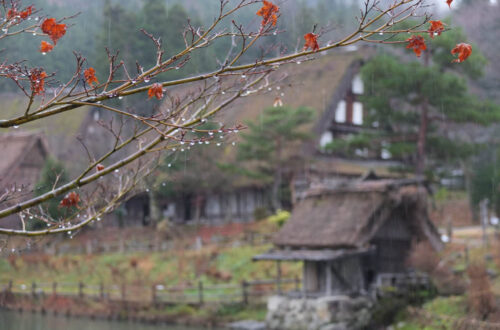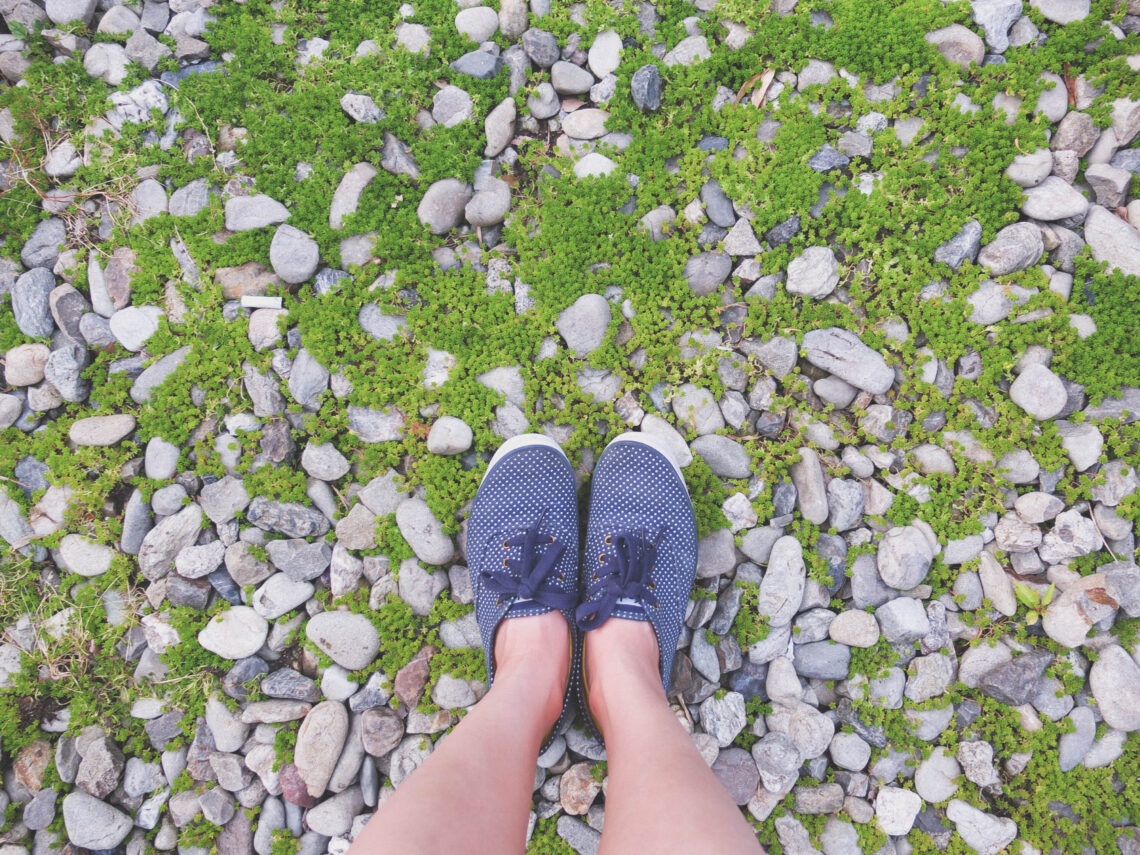
5 Fun Places to Visit in Ise and Toba, Mie
If you’re expecting Ise and Toba to be cities like Tokyo and Osaka, you’re in for a shocker.
We passed by the main station for Ise, and our first reaction?
“Is this it??”
Why?
The area around the station was filled with shabby buildings and there were no gleaming buildings in sight – something we took for granted would appear.
So if you’re looking for a laidback vacation, Ise and Toba in Mie could just be the place for you. Here are 5 things you could have fun doing in Mie:
Mikimoto Pearl Island




Always wanted to find out how pearl-collectors of the past dived down to find oysters? Get up close with the female pearl divers of Mie, also known as amas (not to be confused with Ah Mas).
Watch them dive almost straight down into the waters riddled with jellyfish and fish for the oysters! The white outfit they wear seem to be made of a cotton material rather than waterproof nylons. When they got back up the boat, you could tell that their clothes had become slightly see-through.




The Mikimoto Pearl Museum on the island is also a very in-depth look of how pearls were first cultivated by Mikimoto Kokochi, and there is also a gorgeous display of antique jewellery and crowns bejewelled with pearls.
If you’re feeling rich, there’s a boutique selling Mikimoto pearl jewellery as well. Prices go up to the tens of thousands of dollars!
Entry to the Mikimoto Pearl Island is 1,500JPY.
Ise Jingu Shrine



Considered the most sacred shrine of Japan, the inner shrine (Naiku) is one of 2 main shrines of Ise. The other is the outer shrine (Geku). Both are free to enter.
You can only go into the outermost parts of the main sanctuary, and no photography is allowed! We managed to catch a bit of action with what seemed to be business people asking for blessing alongside the priest within the gates.
Close to the shrine is the Isuzugawa River where you can purify yourself. Even though there was a huge crowd when we went, the walk to the different shrines didn’t feel too stressful, probably because of the greenery and huge trees at the sides.
Meotoiwa


Two wedded rocks. It might seem ridiculous but the husband and wife rocks are considered sacred in Japan as they’re connected by a shimenawa rope which represents the division between the earthly and spiritual realms.
If you’re lucky enough to be in town when the shimenawa rope is replaced, you can witness the ceremony. The rope is only changed 3 times a year, so check the calendar before heading down!
And if you’re exceptionally lucky, you can see the sun rising from in between the rocks and the silhouette of Mt. Fuji in the distance. We went in the early afternoon, so no such luck for us!
Oharamaichi & Okage Yokocho
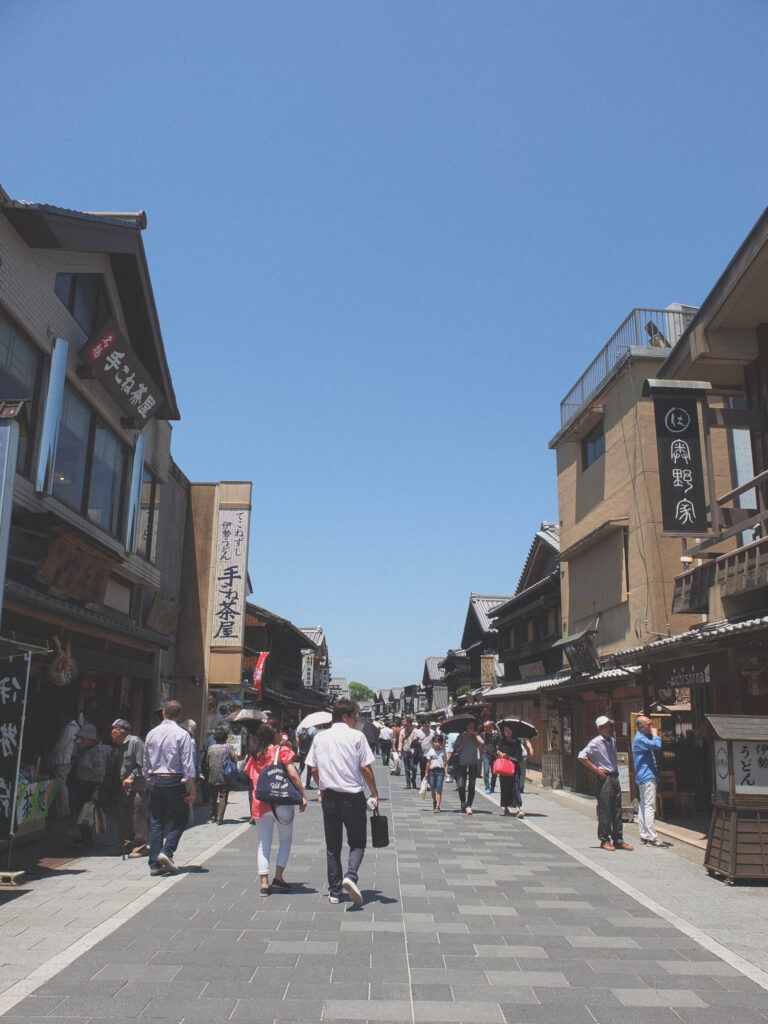
Just a short way from Ise Jingu, Oharamachi is filled shops and eateries in traditional buildings.
Most restaurants are not cheap, so be prepared to hunt for inexpensive food if you’re light on your wallet! We ate at the Snoopy restaurant, because it served surprisingly one of the cheapest meals in the town.
Walk onwards and you’ll find Okage Yokocho, a recreation of a town from the Edo period to the early Meiji period. Similar to Oharamaichi, you’ll find lots of shops and eateries there.
Ise Azuchi Momoyama Cultural Village (Edo Wonderland)
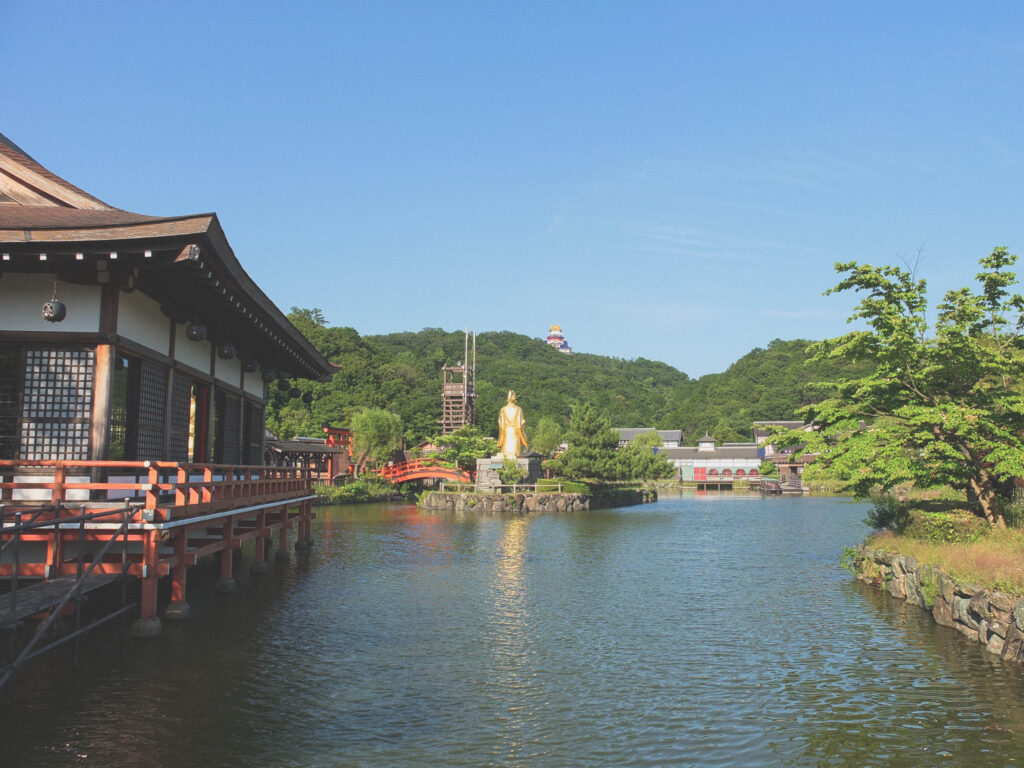
Want to know what it’s like being in ancient Japan?
You have the chance to experience being in the Azuchi Momoyama period at Edo Wonderland!
Walk around the theme park built like a castle town, and you’ll get transported back in time. But go into any of the buildings and you’ll find games, a museum, mazes and theatres. Remember to bring spare cash for the games as they are quite costly!
We watched the ninja show which was all conducted in Japanese. We had no inkling what the two actors were saying, but the show was entertaining enough. No photography was allowed though.




Since we only had a short 3-hour time to spend at the theme park, we couldn’t make it to the replica of the Azuchi Castle. It was too far away to get there before the park closed at 5pm!
If you have at least 5-6 hours to spend at Edo Wonderland, I suggest paying the 3,900JPY entry ticket to have access to the theatre, castle and all places that require an additional entry fee (excluding games of course). The 2,500JPY each that we paid only covered the entrance ticket!
Transport
If you’re looking to visit these places (excluding Okage Yokocho) with the least trouble, take the CAN-BUS operated by Mie Kotsu. It’s fuss-free and the stops are announced and shown on a screen in English – a godsend for people who can’t understand the Japanese language!
We paid 1,000JPY each for a day pass. Check out the route here and you’ll find even more places to explore, like the Toba Aquarium.



